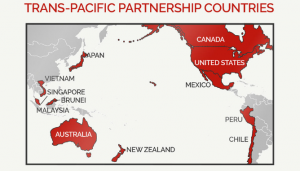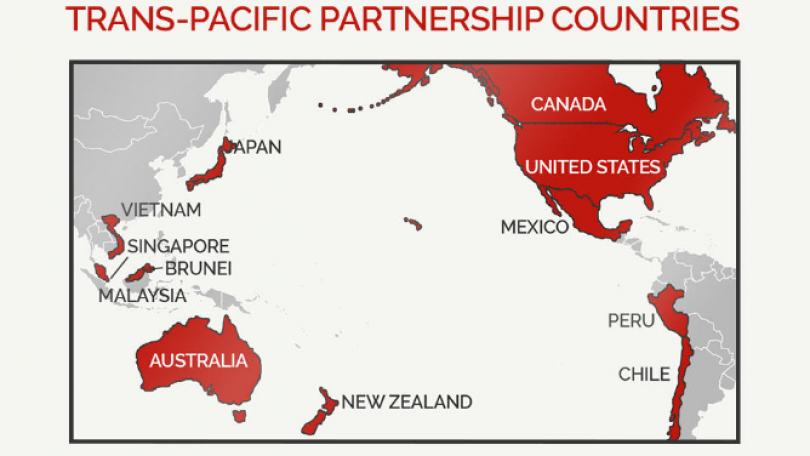Why the Trans Pacific Partnership is a Benefit to Canada (Part 1 of 3)
The Trans Pacific Partnership (TPP) is the largest proposed free trade agreement in the world. Although it has been agreed to by each of the twelve member countries, it has yet to be officially ratified by the governments of each nation. The countries include Australia, Brunei, Canada, Chile, Japan, Malaysia, Mexico, New Zealand, Peru, Singapore the United States, Vietnam. Canada already has free trade agreements with Mexico and the United States within NAFTA (North American Free Trade Agreement), but the TPP opens up trade possibilities with each of the other member nations.
 There has been some negative reaction towards Canada’s involvement in the TPP from some industries (automotive and dairy are two examples) but this agreement could open up trade with member nations in many other industries. In the past, Canada has unfortunately experienced decreased exports for not having entered into such agreements. The United States and South Korea signed a free trade deal that reduced Canada’s pork exports to South Korea by 75% as a result of the larger advantage of American pork pricing versus Canadian pork. If Canada were not part of the TPP, many export industries in Canada could also suffer similar trade losses to member nations due to higher tariffs. Being part of the TPP means that Canadian export products would be on a level playing field with all members and at an advantage to nations outside of the TPP.
There has been some negative reaction towards Canada’s involvement in the TPP from some industries (automotive and dairy are two examples) but this agreement could open up trade with member nations in many other industries. In the past, Canada has unfortunately experienced decreased exports for not having entered into such agreements. The United States and South Korea signed a free trade deal that reduced Canada’s pork exports to South Korea by 75% as a result of the larger advantage of American pork pricing versus Canadian pork. If Canada were not part of the TPP, many export industries in Canada could also suffer similar trade losses to member nations due to higher tariffs. Being part of the TPP means that Canadian export products would be on a level playing field with all members and at an advantage to nations outside of the TPP.
Not only would the TPP lead to overall more exports from Canada to TPP members, but there is also the added advantage of more and cheaper imports to Canada from these same TPP members. Over time, the tariffs for products moving in both directions will be lowered. In some cases, the tariffs will be completely eliminated while others will decrease significantly (for example, the current tariff that Canada pays for beef sales to Japan is 38.5% and this will gradually decrease to 9% over 15 years once the TPP in enacted).
As mentioned, there are industries that are displeased with the agreement but while the industry may not be happy, Canadian consumers may see a benefit with added competition and reduced costs with an influx of foreign imports. The automotive industry is an example, where increased overall competition for finished products and automotive parts may result in lower costs to end consumers.
One thing to keep in mind is that the TPP is not a certainty. Without formal government approval and ratification, it is still just an agreement in principle. Once all twelve members have ratified the agreement (all 6000+ pages of it), it would then become reality and increased trade between member nations can reap the benefits of more open markets.
Written by Steve Banks, Partner, Triskele Logistics in partnership with the Van Horne Institute
The nameeventbrite is already in use. 
